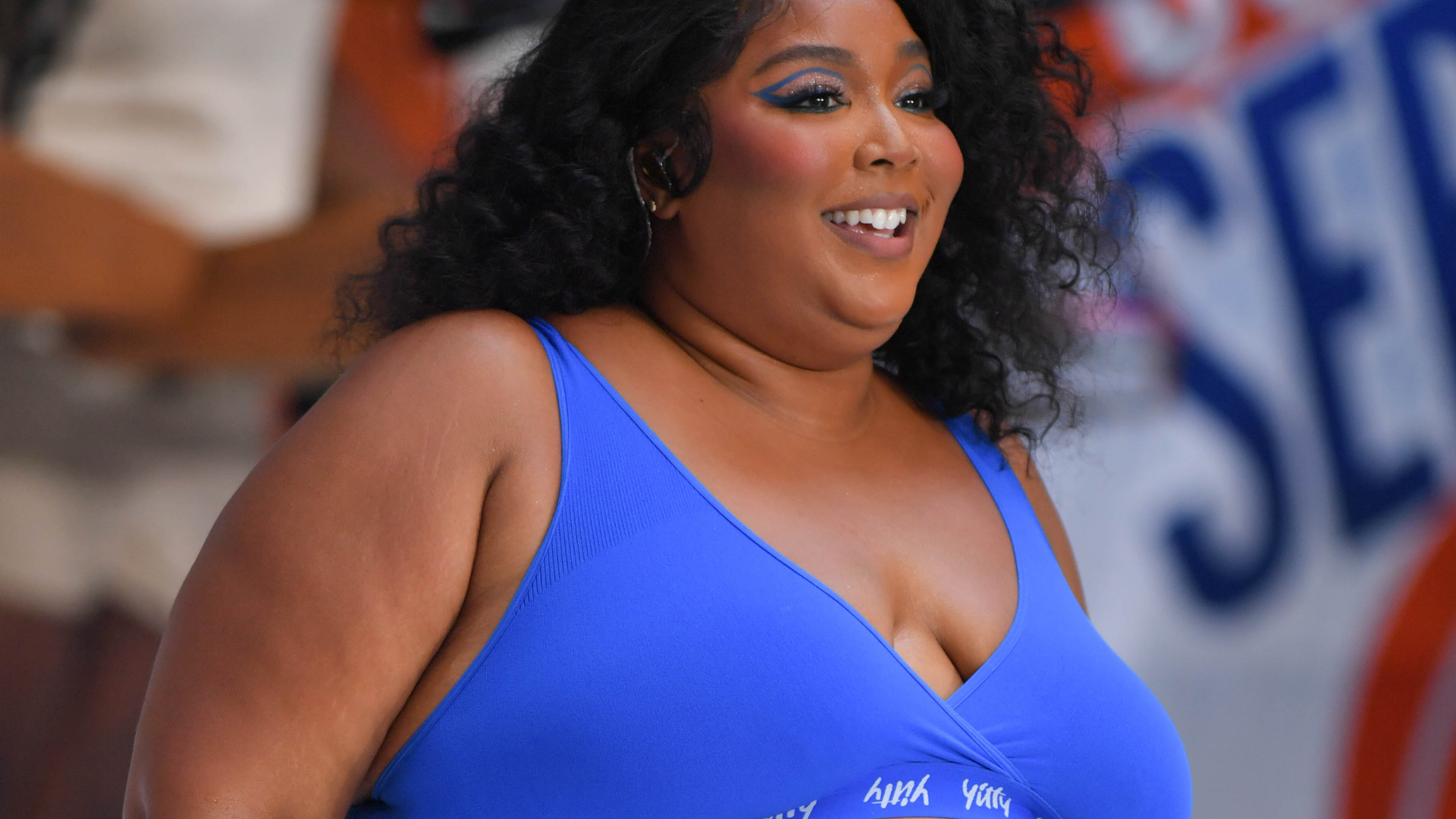 GC Images By Cheyenne M. Davis ·Updated January 27, 2024
GC Images By Cheyenne M. Davis ·Updated January 27, 2024
In recent years, plus-size fashion has grown tremendously, offering a wider range of >extended sizes. This positive development, however, masks a concerning trend–the rise of shapewear as a near-essential element for finding accessible, stylish and trendy clothing for fat individuals. While this abundance of “inclusive” shapewear options may seem like progress, hidden beneath its guise of everyday clothing is a deeper issue at play.
Because of beauty standards and social norms, shapewear is deeply interwoven into the fabric of the fashion industry. Foundation garments play a critical role in perpetuating the desire for thinness, creating the illusion of a smaller and more shapely body, and this pursuit of a desirable body fuels body dysmorphia and negative self-image. Although this pursuit of social acceptability is harmful to women and femmes of all body types, it is an even greater detriment to those existing in fat bodies, who are not only affected by a lack of clothing options but also are afflicted by the historical and fatphobic impact of shapewear, social media, and the fashion industry as a whole.
The Historical Context of Shapewear
Shapewear’s sphere of influence goes beyond Yitty, SKIMS, and Shapermint and can be traced back to the 1500s when corsets were initially v-shaped, shorter, and not tied tightly, as they were intended to be worn for breast support– not for waist cinching. However, as fashion trends shifted during the Victorian era, the promotion of “a flat front and bustle behind” and the hourglass figure led to longer, tighter-fitting foundation wear that accentuated and created the illusion of a smaller waistline.
As societal norms continued to promote thinness and hourglass shapes as body standards due to the rise of media and shifts in gender norms, women and femmes began to forgo corsets and opted for girdles as a more practical option, thus leading to the inception of brands such as Lycra in 1958 and Spanx at the turn of the 21st century.
Throughout the early 2000s and 2010s, shapewear became increasingly important in being used as a corrective tool to achieve the coveted skinny body. Although thin people utilized formation garments to perfect their physiques, fat women and femmes faced even more challenges and societal pressures to conform due to their size being deemed undesirable and problematic.
Content creator April Tillman reflects on her own experience during this time, saying she remembers how her family’s use of shapewear influenced hers.
“In high school, I remember wearing [Spanx] religiously, and I would be sitting at my desk feeling the painful squeeze around my thighs, and around my waist– especially right under where your bra meets the top of the shapewear,” she says. “When I came home from school, the very first thing I would do was run to the bathroom and rip my Spanx off. Despite having welts all over my thighs and waist, that never stopped me because I got the results and compliments I wanted.”
During this time, the body positivity movement played a pivotal role in amplifying the challenges that fat people face, using the internet to inform the masses of fatphobia and disparities in health care, fashion, and other facets of everyday life.
However, the shapewear epidemic prevailed by companies finding unique ways to reinvent their products by marketing themselves as more inclusive. In 2019, Kim Kardashian introduced SKIMS, a shapewear brand that
The post How Shapewear is Silently Reshaping the Plus-Size Landscape appeared first on Essence.
